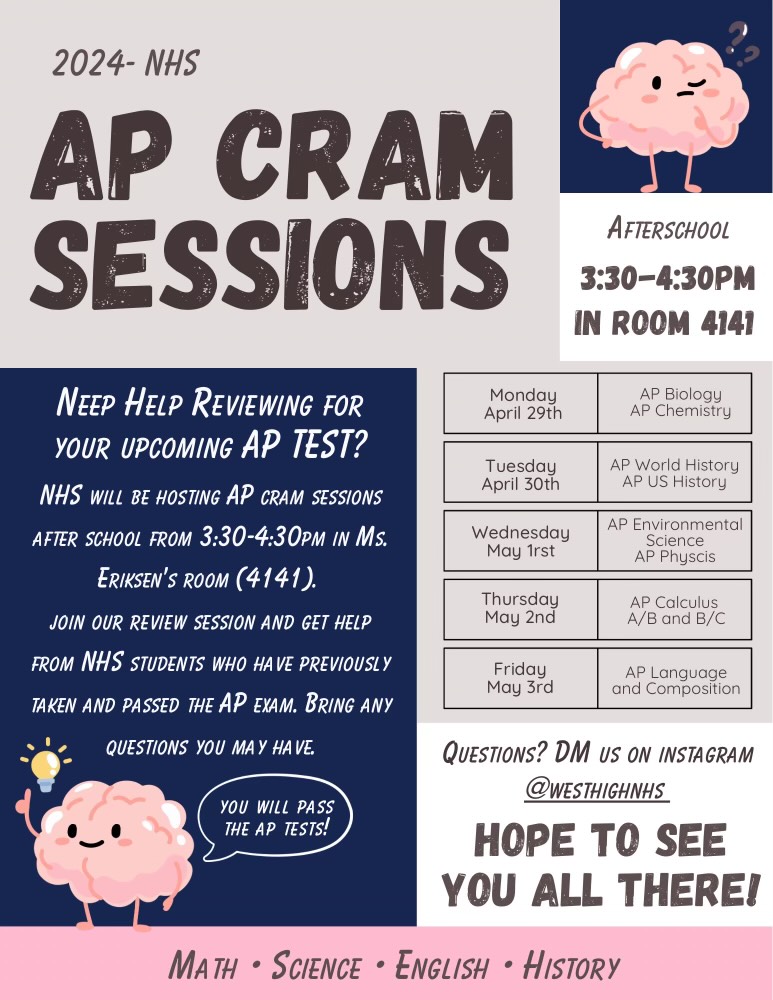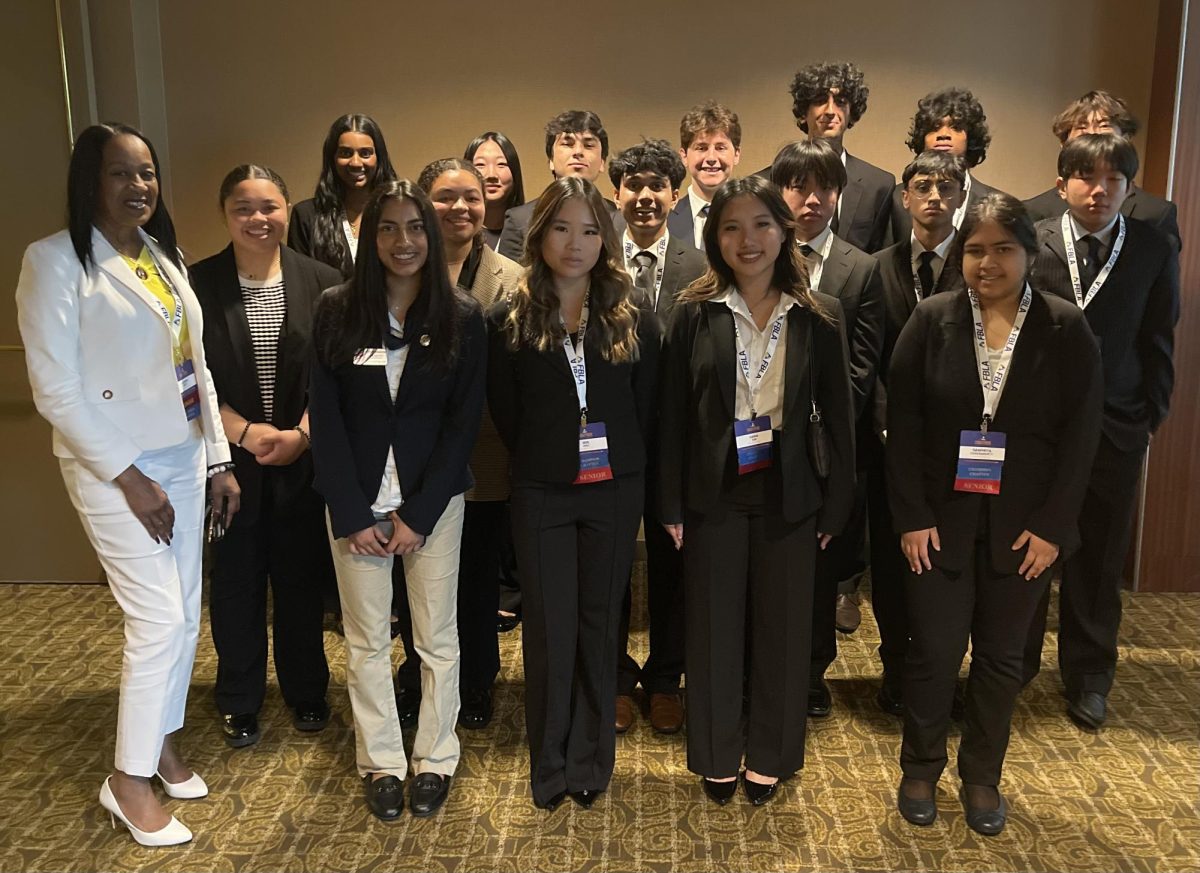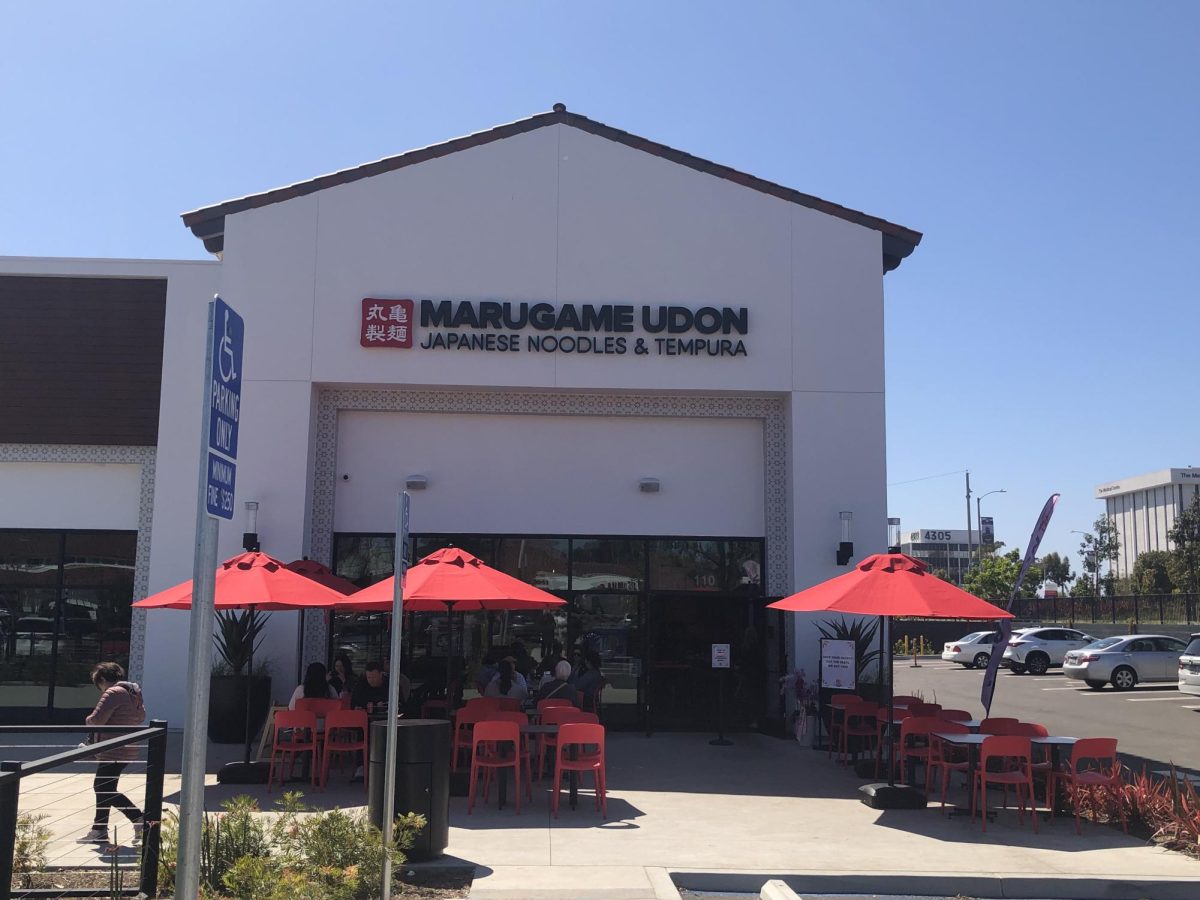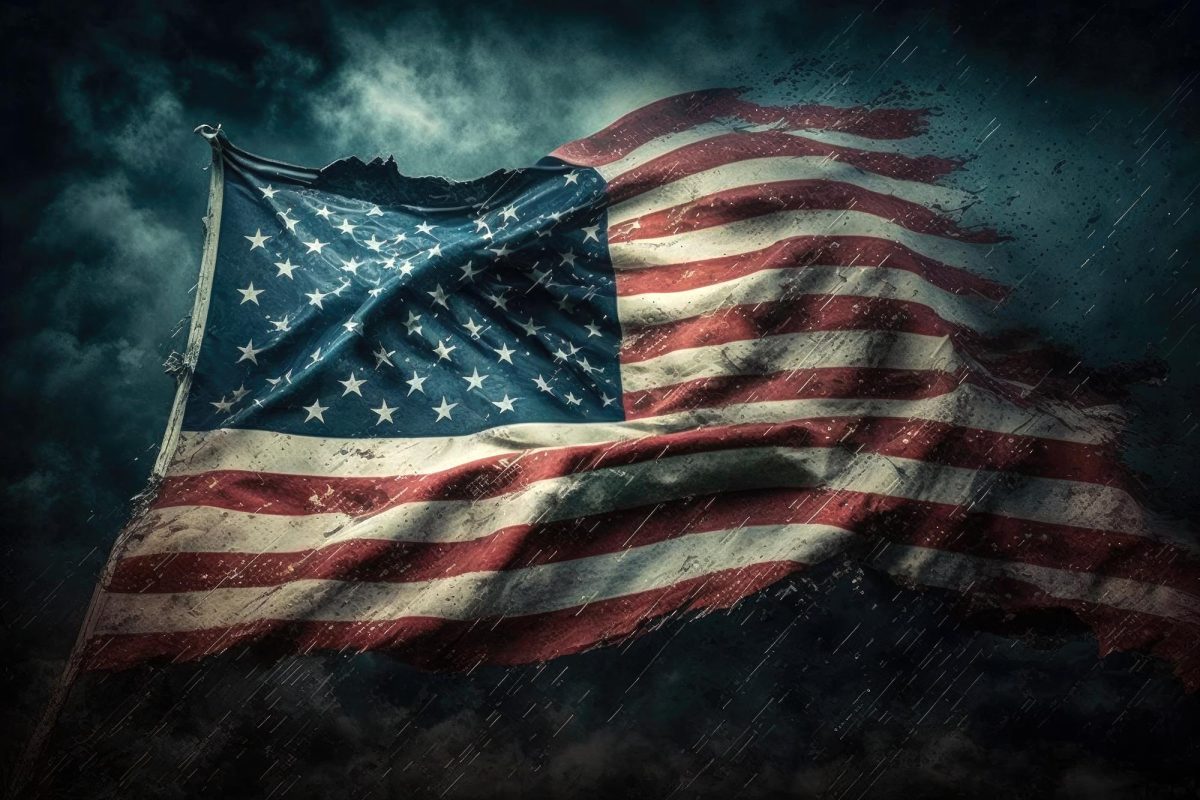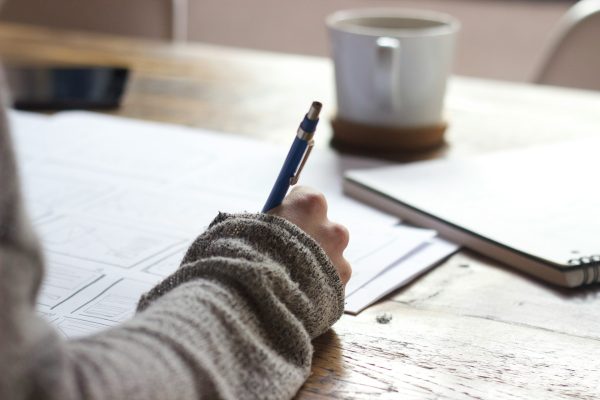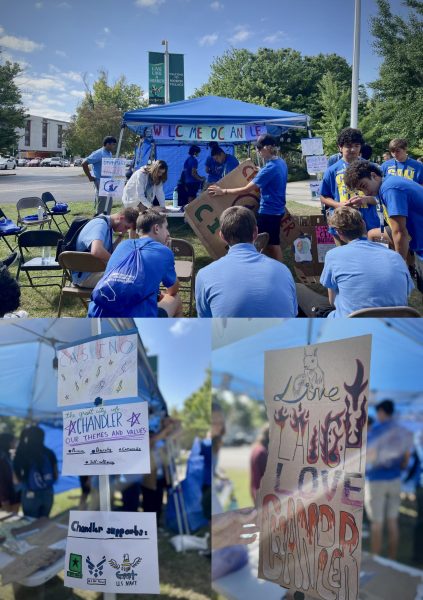Dodger Stadium “Scamdemic” Protest: A Controversy Over Rights and Freedom
February 19, 2021
As hundreds waited in long lines of vehicles to receive the COVID-19 vaccine, anti-vax protesters were present right beside them. On January 30, approximately 50 demonstrators arrived at Dodger Stadium’s COVID-19 vaccination site: one of the largest and most visible in the country. Gratuitously denouncing vaccines, championing an end to pandemic lockdowns, and telling people to take off their masks, the protesters caused an hour-long shutdown of the vaccination center. The incident negatively impacted the complex vaccination process, aroused fear and frustration, and obstructed others’ rights to healthcare.
According to the Los Angeles Times, the protest was coordinated on Facebook by the organization Shop Mask Free Los Angeles and temporarily delayed the day’s flow of vaccine administration. Dr. Bahareh Ravandi, a pediatric emergency medicine physician at Children’s Hospital Los Angeles who volunteered at the Cal State University Northridge (CSUN) mass COVID-19 vaccination site, expressed that she would have felt “absolutely livid” in a situation like the Dodger Stadium protest.
The administration of vaccines functions in a series of steps. If a disruption occurs, “everyone who was in each of those steps would have gotten stuck… when you’re trying to execute something on such a grand scale, having to stop it, especially unexpectedly because of an external issue, just causes a lot of confusion,” Dr. Ravandi explained. The protest left trickle-down effects that slowed different aspects of distribution, much to the dismay of patients who had already been waiting for hours.
Such a delay has further negative effects on the vaccination process. As Dr. Ravandi described, once a vaccine has been removed from the refrigerator, six hours remain for it to be administered. If the vaccine is left at room temperature for too long, the damage has already been done: the dose will be wasted. Returning it to a refrigerator cannot undo the effects of the warming. As a result, the January 30 protest not only hindered the speed of distribution but may have also wasted coveted vaccine doses that millions of Californians have been trying to receive.
However, the protest was also damaging on a psychological level. Dr. Ravandi recounted her personal experience at the CSUN vaccination site: “The majority of the people working there were volunteers, so they were happy to be there. Everybody who was coming to get vaccinated was so grateful, and it was like the bright spot in the middle of the pandemic.” A similar atmosphere – one of comfort and relief – is likely to have been experienced by both volunteers and patients at Dodger Stadium prior to the arrival of protesters. Feelings of safety and comfort turned into fear and exasperation. Messages of gratitude were drowned out by inaccurate and inflammatory signs that read “DON’T BE A LAB RAT,” “TAKE OFF YOUR MASK,” “RECALL GAVIN NEWSOM,” and “COVID = SCAM.”
While the protesters may assert that they were exercising their Constitutional rights of free speech and assembly, their actions may have been unlawful.
Connie Tcheng, J.D., an attorney at Doll Amir & Eley LLP and board member of the American Civil Liberties Union of Southern California, explained that “there’s a constitutional right to expressing your view, but that’s not limitless.” While the First Amendment prohibits restrictions based on the content of speech, it does not protect all types of speech activity in every circumstance. As Tcheng affirmed, “police and government are allowed to place certain nondiscriminatory and narrowly drawn ‘time, place and manner’ restrictions on free speech rights.” Further, “civil disobedience and unlawful conduct may not be protected.”
“In my view,” Tcheng commented, “disruptive activity that interferes with hundreds of people obtaining medical care is not constitutionally protected free speech.”
The Los Angeles Times reported that “Protesters spoke through bullhorns: ‘Turn back while you can,’ one man said.” Such usage was unprovoked and aggravating. More sizable protests may utilize voice amplification or cause a street closure; in this case, a permit is required. Although the Dodger Stadium protest both involved the use of bullhorns and created a temporary shutdown, it is highly unlikely that the protesters had a permit. Dodger Stadium would have been notified in advance of the protest. Perhaps a designated protest zone would have been created, and volunteers would have been able to prepare for possible conflicts.
Outside of Dodger Stadium the morning of the protest, Omar Navarro, a conservative perennial candidate for the state’s 43rd congressional district, expressed that he was “concerned L.A. residents were being forced to take a coronavirus vaccine ‘that they don’t need,’” according to The Los Angeles Times.
In this context, a certain irony manifests itself. The idea that being vaccinated is an individual’s personal choice is an argument often used by anti-vaxxers. However, the protesters’ actions were not in accordance with this belief. If everyone must have the choice to decide whether or not they would like to be vaccinated, attempting to convince others not to receive a vaccine is an infringement of this exact choice. The protest at Dodger Stadium dangerously epitomizes those who claim to be fighting for freedom – but carry their actions out by violating the freedom of others.
Disclaimer: Articles in our opinion section are meant to relay the opinions of the individual writer, and not necessarily the opinions of West High School.



